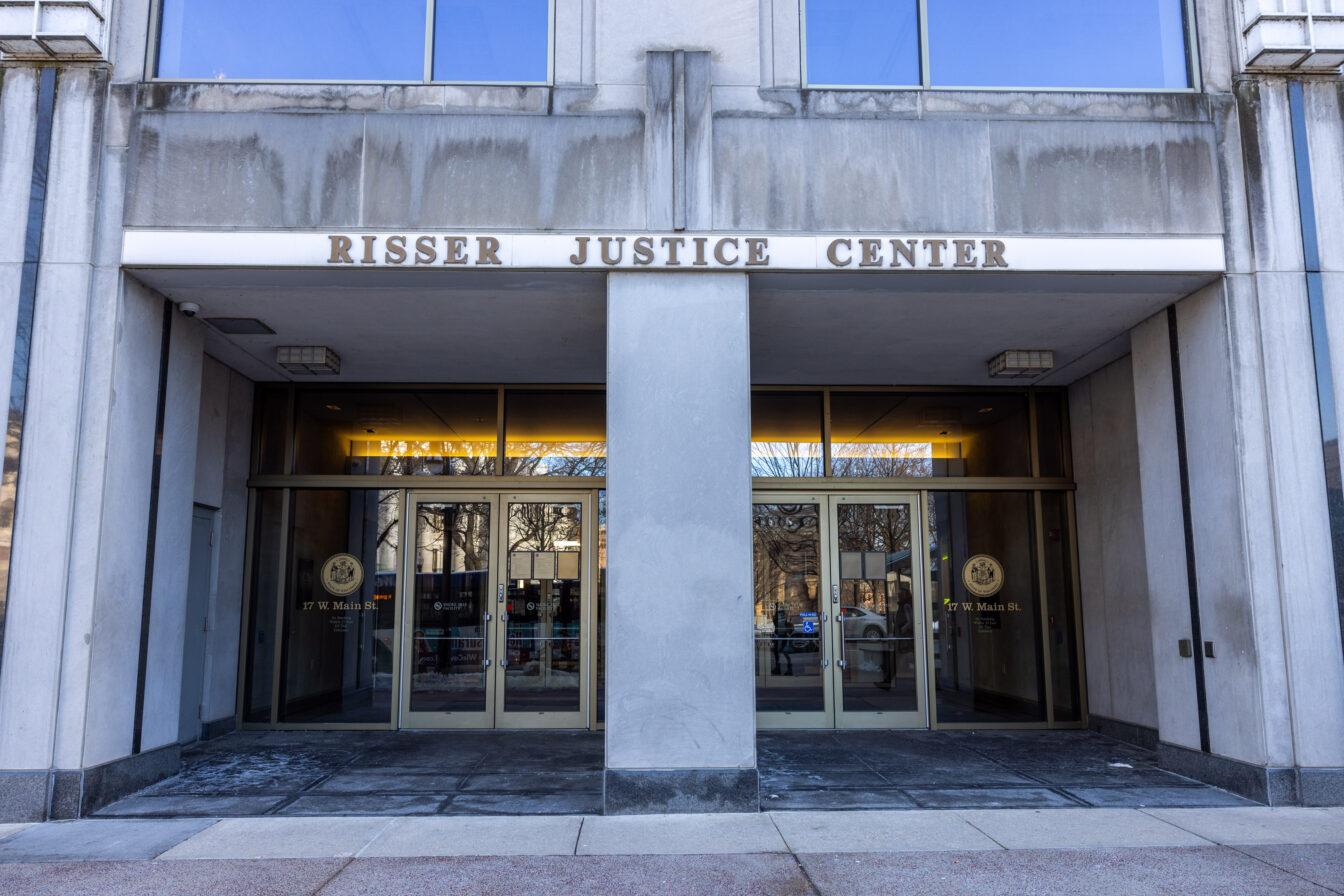The Wisconsin Department of Justice and Office of School Safety kickstarted Behavioral and Threat Assessment training throughout the state Jan. 29. There will be 11 total training sessions throughout the year, each at a different location in Wisconsin to ensure as many regions as possible have access to the training, according to the Wisconsin Department of Justice.
These locations include Pewaukee, Whitewater, Fennimore, West Salem, Portage, Oshkosh, Green Bay, Gillett, Tomahawk, Chippewa Falls and Turtle Lake, according to the Wisconsin DOJ.
The purpose of the lessons is to train school administrators, school mental health professionals, security personnel and law enforcement on how to stop targeted violence before it happens. The Wisconsin DOJ refers to “targeted violence” as acts of violence that are not impulsive, but involve active preparation which can be identified through certain concerning behaviors.
Additional online training is available to the public, which provides information on warning signs and reporting resources.
While the goal of the course is to educate the public on identifying potentially concerning behaviors, University of Wisconsin associate professor of civil society and community studies Ben Fisher said these measures do not address the root causes of violence in schools.
As a direct result of mass shootings, schools have increased safety measures such as installing security cameras and having police around more often. But, these measures have not proven to make schools any less violent, Fisher said.
Social stressors in the country such as inequality, homelessness, food insecurity and financial insecurity can lead to feelings of frustration, anger and mental health issues. This, combined with readily available guns, is suspected to be a large part of the problem, Fisher said.
“I think that part of the issue is not just having guns, but the sort of deadliness of them that we have nowadays,” Fisher said. “And we see in so many of these incidents, it’s these high capacity assault rifles that are doing a lot of damage really fast.”
Though unable to address the social factors that create the conditions for the violence, the trainings are intended to provide more effective alternatives to “reactive and exclusionary” response plans, according to the Wisconsin DOJ.


